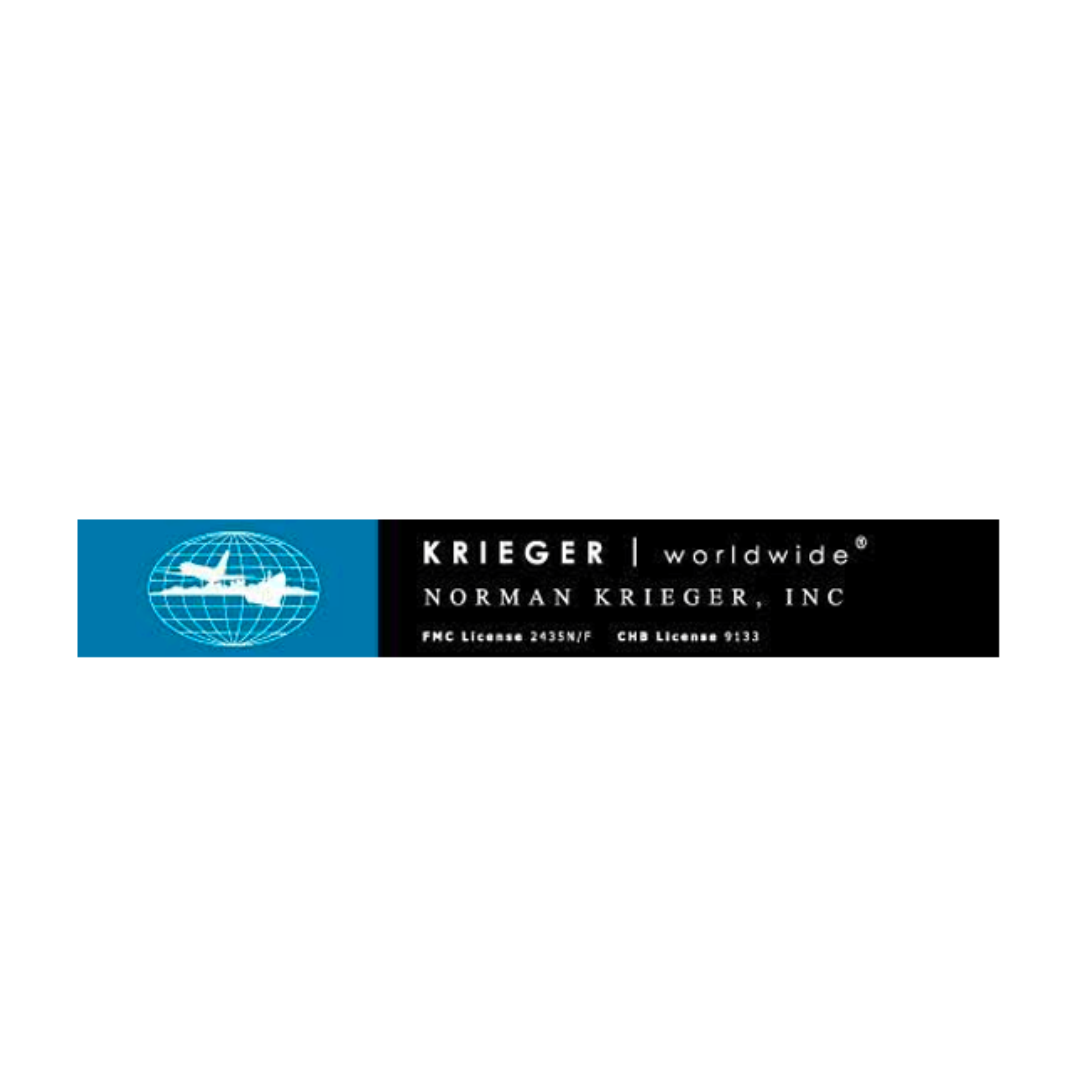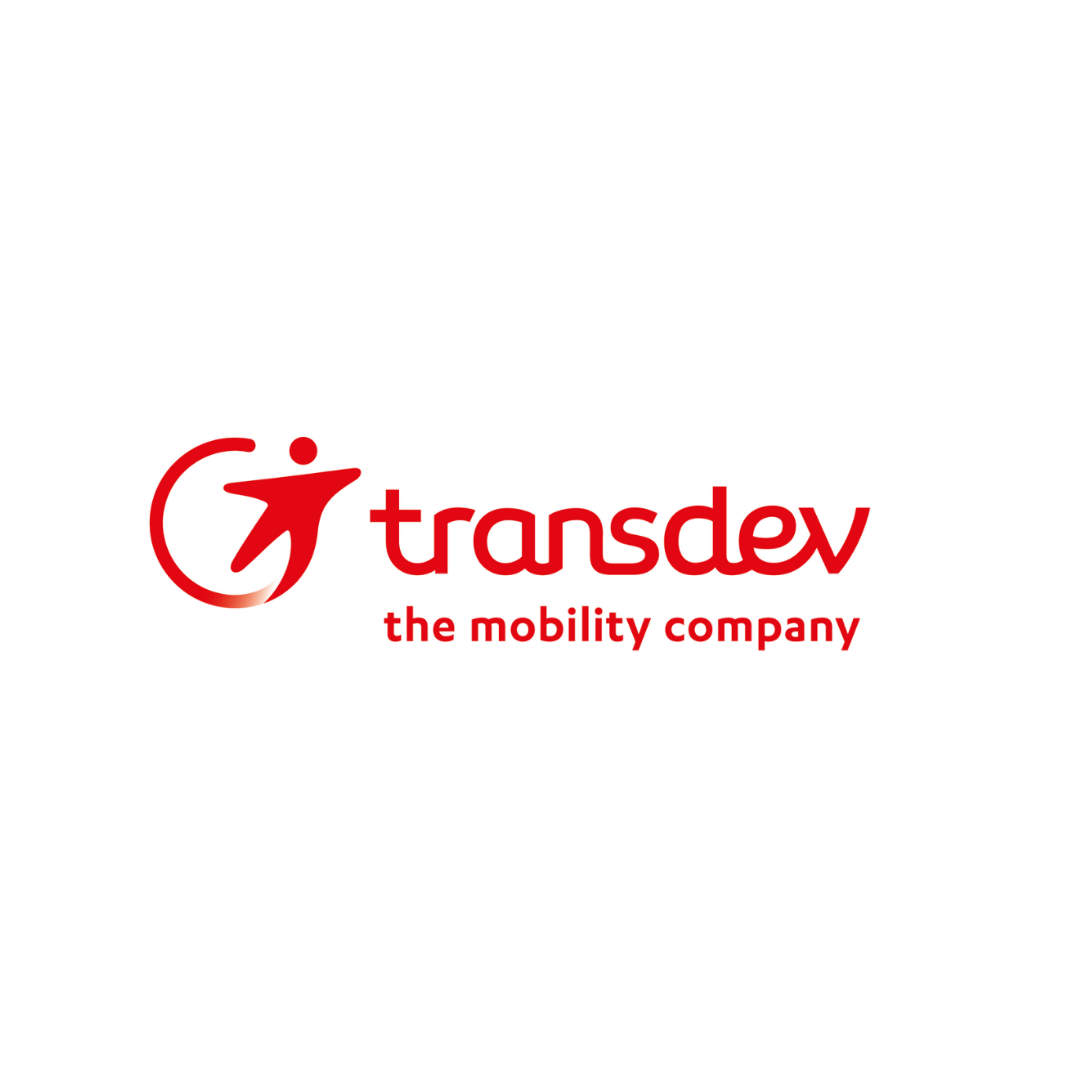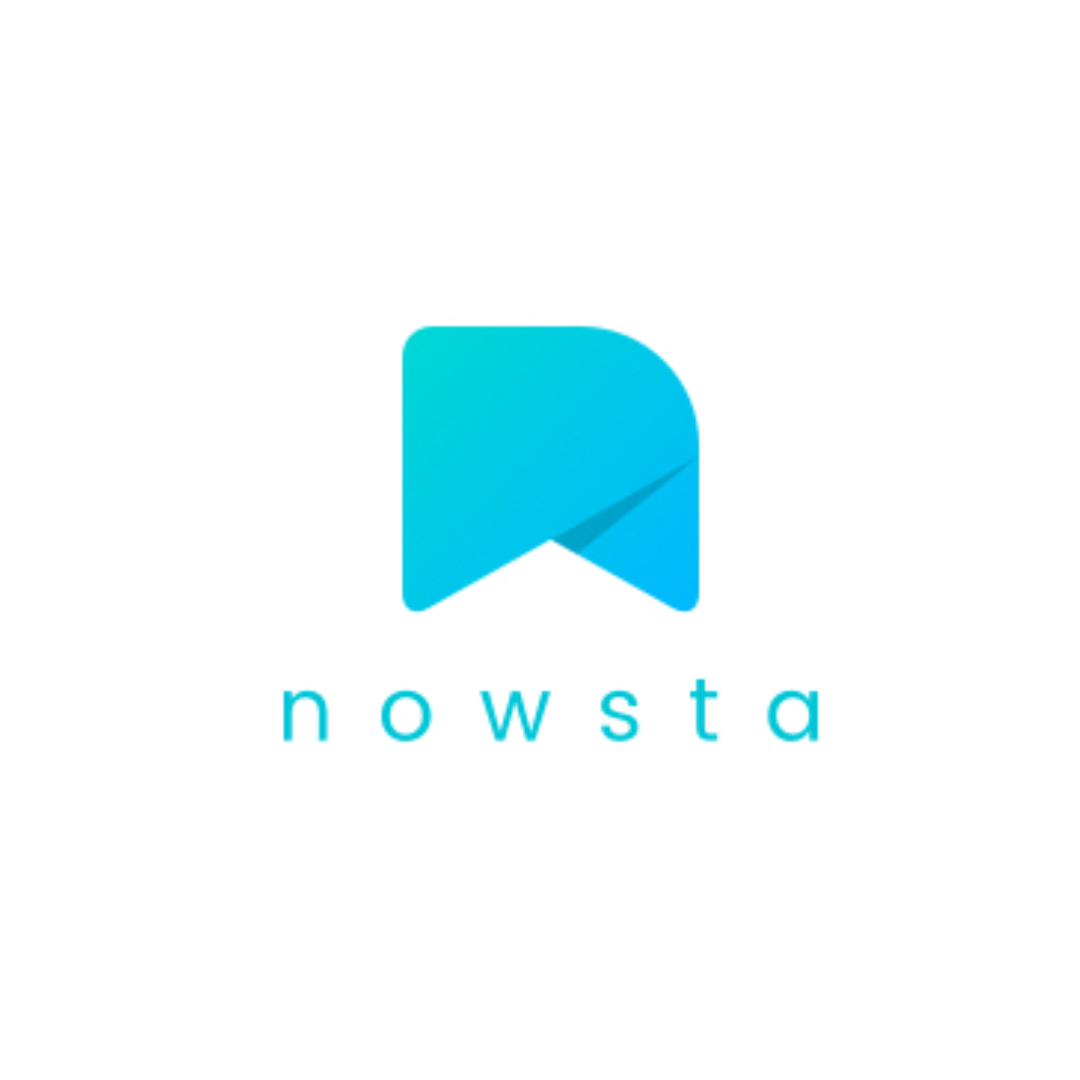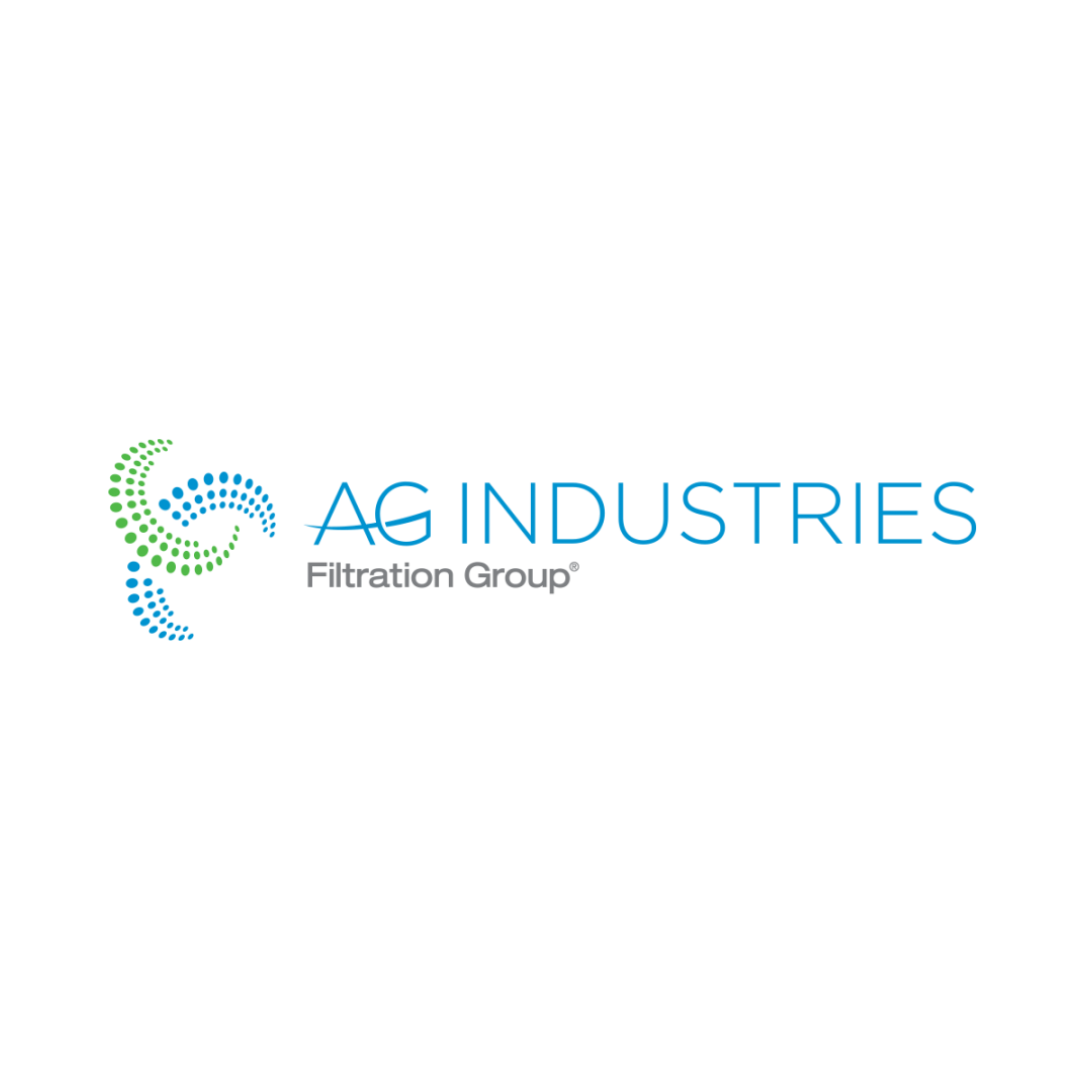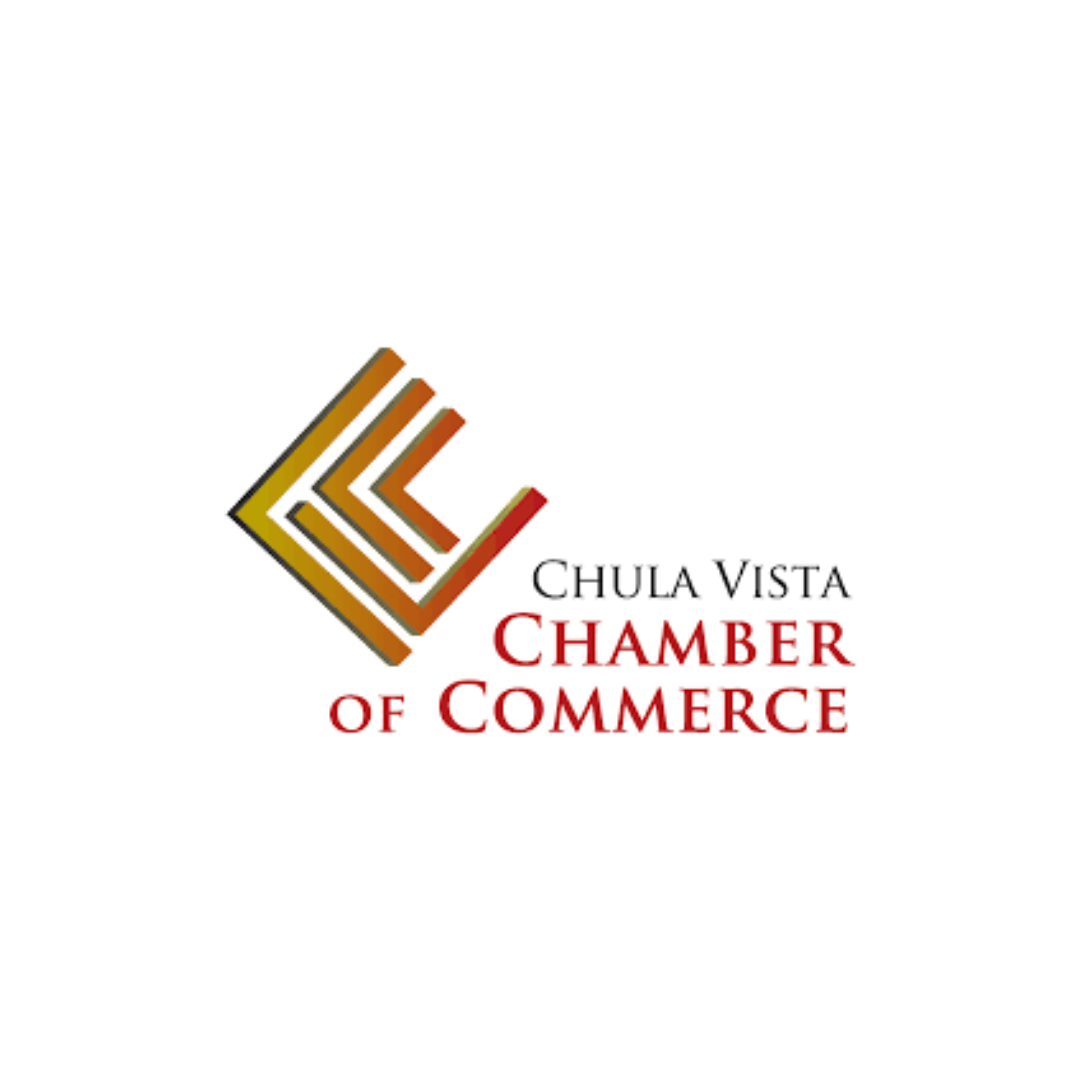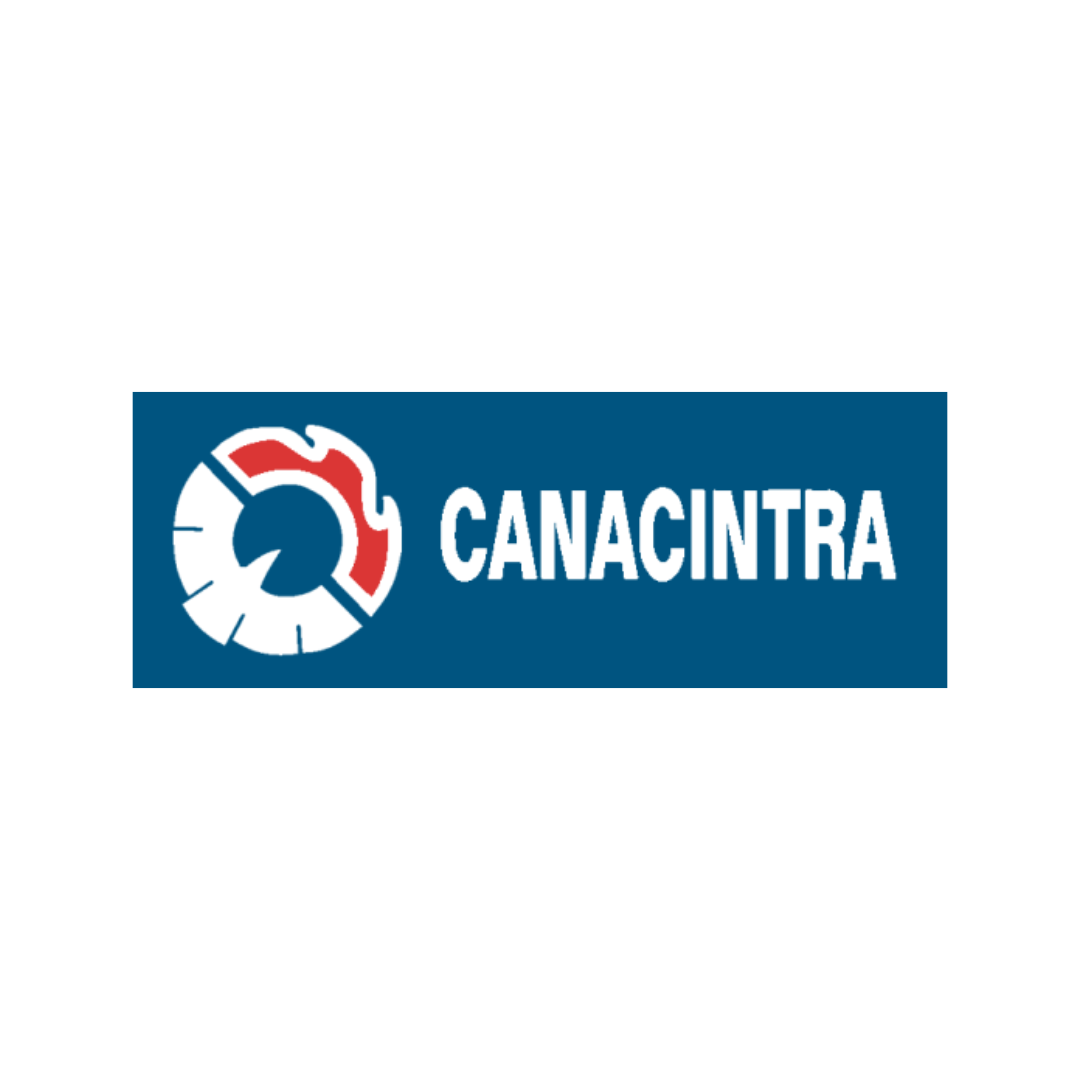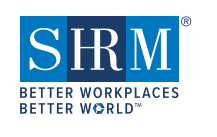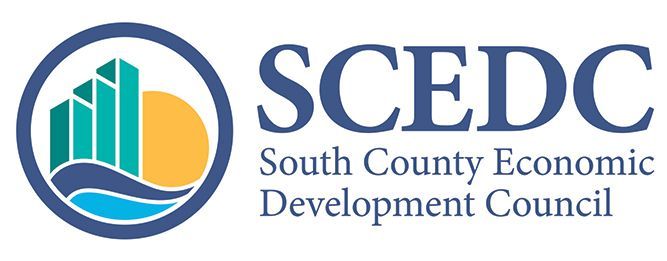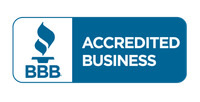talent connect
Executive Search & HR Solutions
Empowering Success Through Diverse Talent Networks

Does This Sound Familiar?
- Critical roles stay open for months
- Teams are stretched thin, morale is dropping
- Hours wasted reviewing unqualified resumes
- Promising candidates drop off or ghost
- Growth plans stalled by lack of leadership
How We Help You Fix This
EXECUTIVE SEARCH & PROFESSIONAL RECRUITMENTSEARCH
Find the leaders who move your mission forward.
When key leadership roles stay vacant, your team feels the pressure and your mission slows down.
We help you change that, by finding leaders who bring clarity, stability, and direction.
You’ll gain a partner who listens deeply, understands your culture, and introduces candidates ready to make an immediate impact.
We deliver more than résumés. We connect you with proven leaders who drive performance, strengthen culture, and bring vision to your organization. Our AI-powered search and decades of experience ensure you meet candidates who are both skilled and aligned with your goals.
TEMPORARY, CONTRACT & TEMP-TO-HIRE TALENT
Workloads shift. Projects grow. Deadlines don’t wait.
When your team needs extra hands or specific expertise, we deliver qualified talent on demand. Our network provides flexible options: temporary, contract, or project-based, so you can scale up or down without disrupting workflow.
- Professional, Management & Executive roles
- High Volume skilled trades
- Diverse candidate slates
- Flexible engagement terms
human resources consulting services
Protect Your Organization. Empower Your People.
When your HR systems feel stretched, compliance and engagement can easily slip through the cracks. We help you strengthen both, with practical tools, training, and policies that protect your organization and empower your people. Through Learn Right Solutions, our HR consulting arm, you gain access to bilingual (English/Spanish) programs, customized training, and leadership development that make managing people simpler and more effective.
Career Transitions & Outplacement Coaching
Protect Your Brand. Support Your People. Do Both Well. Transition Well.
Through
ElevateU Academy, we support organizations and professionals navigating career transitions.
For employers, we provide compassionate outplacement that protects your brand and values.
For professionals, we offer personalized coaching, résumé and LinkedIn optimization, and proven job-search strategies to help you move forward with confidence.
ABOUT US
Why Organizations Trust Talent Connect
- Faster Results: Interview candidates in as little as 15 days.
- Proven Process: Placed 35+ nonprofit leaders and teachers in under 6 months.
- Risk-Free Guarantee: Extended replacement coverage for peace of mind.
- AI + Human Touch: Technology-powered sourcing with expert recruiters guiding the process.

Meet Our Team
Get Insights
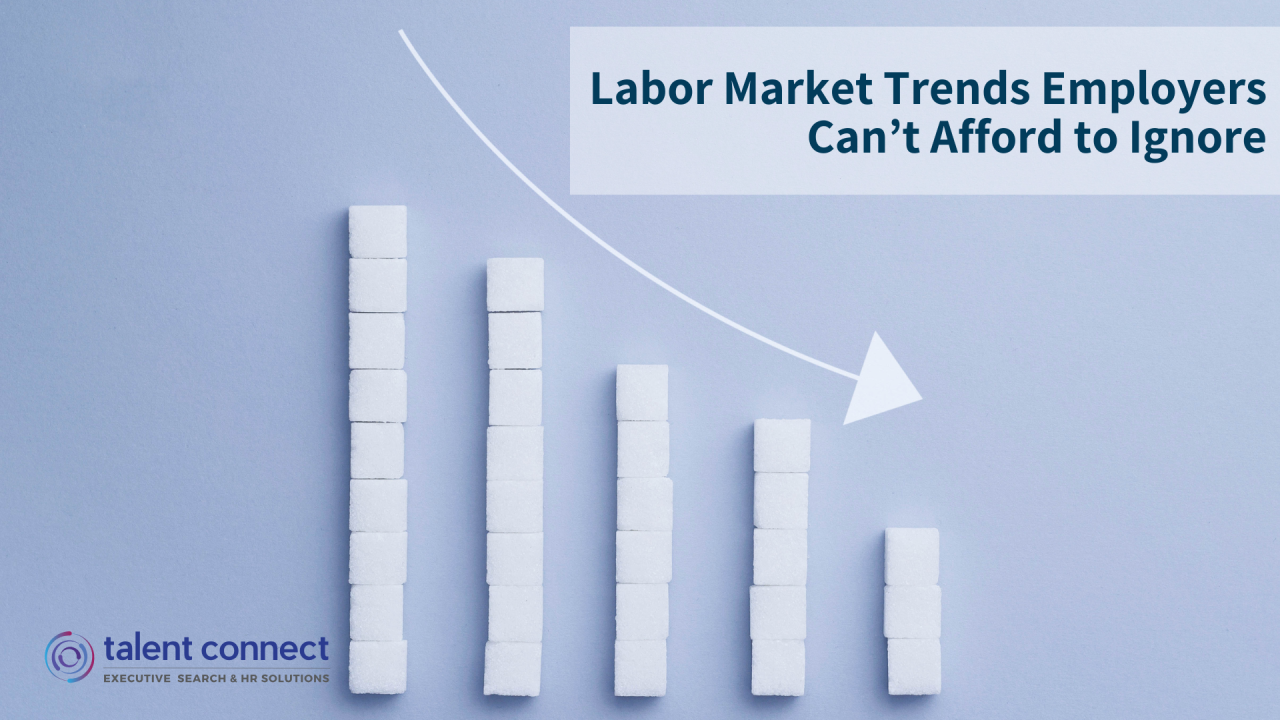


Our Mission
is to provide a personalized recruiting experience to our candidates so they can reach their professional and life plan objectives, as well as helping our clients evolve by assisting them in finding specialized talent with qualities and competencies that are unique to their organization allowing them to meet their goals.
Our Vision
is adaptability to the needs of each business and market situation by re-inventing processes and providing added value with creative and intelligent services according to the unique needs of each one of our clients.
Clients
Attracting top talent can be time-consuming, costly, and complex, but science and analytics can simplify and accelerate your search while mitigating risk. Our commitment to you is to:
- Understand the issues and opportunities within your industry
- Appreciate your corporate culture.
- Recognize the challenges that are unique to your organization.
- Know the candidates who are best suited to lead the way forward.
Contact Us
Our Clients
Affiliations
Testimonials
What Our Clients & Candidates Say
Subscribe to Our Newsletter!
Thank you for your interest in receiving our news updates. We don't spam!




